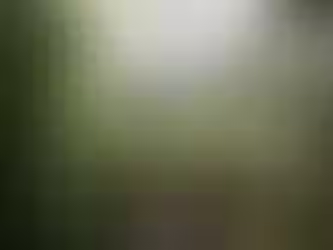top of page
Connect
Subscribe to our monthly newsletter
Connect with other growers
Join our community forums
Sign in HERE to your FREE account
We are a non-profit group connecting Newfoundland and Labrador
gardeners, farmers & foragers to help them produce and distribute more local food.

GREENHOUSES


HOW HE HEATS HIS GREENHOUSE
At Foggy Lane Garden, simple systems for heating are being used to heat the homebuilt greenhouse. Here is a tour showing how wood heat...
Apr 11 min read


HOW THE FOGGY LANE GREENHOUSE GREW
Starting in 2017, this Newfoundland gardener has developed a simple homebuilt greenhouse structure, attached to his house that is...
Apr 11 min read


Deep Winter Greenhouse in Saskatchewan
This deep winter greenhouse in Saskatchewan is a large grow space based on principles of passive heat collection. It is an example of a...
Apr 11 min read


Chinese Style Passive Solar Greenhouse
Here is a detailed report on the Chinese passive solar greenhouse design that is being used in Alberta: Download this PDF For more...
Apr 11 min read


Underground Greenhouse: Uses and Benefits
This article has all the information you need to build your own underground greenhouse.
Apr 11 min read


The Year-Round Greenhouse at the Trʼondëk Hwëchʼin Farm is Slowly Becoming a Reality
It’s been five years since the idea to build a year-round multi-use greenhouse on the Trʼondëk Hwëchʼin Farm in Dawson City was first...
Apr 11 min read


Growing Food Year Round in a Backyard Permaculture Micro Farm with Dome Greenhouse
Deborah and Gabe transformed an empty backyard lawn into an abundant permaculture micro-farm where they’re growing fresh fruits and...
Apr 11 min read


Temporary Carports Serve as Greenhouses in Montreal
A collection of temporary carports have cropped up on a Montreal street this winter, draped in transparent, polycarbonate sheeting rather...
Apr 11 min read


Greenhouse Evolution: Our Humble Beginnings to Dream Oasis
Click here to watch this video about a story about a beginner greenhouse story!
Mar 271 min read


So You Want To Build A Greenhouse?
Part One: Greenhouse Shape If you’ve decided you want to build a greenhouse, you probably already have a pretty good idea of what it will...
Mar 205 min read


Greenhouse In The Snow
This video shows early starting in an inexpensive simple high tunnel greenhouse. It demonstrates basic ways of using the protective...
Mar 201 min read


Large Home Built Unheated Greenhouse
Using an unheated greenhouse in upstate New York, this grower is able to overwinter vegetables, in a partially insulated 750 square foot...
Mar 201 min read


Fit to Eat Podcast With David Jason Goodyear
In this episode of Ivan Emke’s Fit to Eat podcast, Ivan and Dan Rubin visit David Jason Goodyear in Flatrock, NL and learn how he grows...
Mar 201 min read


Chinese greenhouse design in Alberta is growing vegetables year round
This greenhouse design, which is common in China, where hundreds of acres are covered with similar structures, works just fine in sub...
Mar 201 min read


How Will Your Greenhouse Work?
In a series of articles, we will help you explore how to choose your greenhouse options – siting, shape, covering material, growing...
Mar 205 min read


Passive Solar Greenhouses in Manitoba
Researchers in Manitoba have been exploring the potential for Chinese style passive solar greenhouses for growing food in cold climates....
Mar 201 min read


The Deep Winter Greenhouse at Flatrock (Video)
Growing in Newfoundland and Labrador can be challenging. Growing in Deep Winter Greenhouse may be an option to provide healthy food to...
Mar 201 min read


This woman built a greenhouse that grows eye-catching exotic fruits—in Nova Scotia
Annette Clarke’s nursery is expanding the definition of what’s growable out east. Tart Chilean guava berries, plump persimmons the size...
Feb 7, 20231 min read
bottom of page
.png)